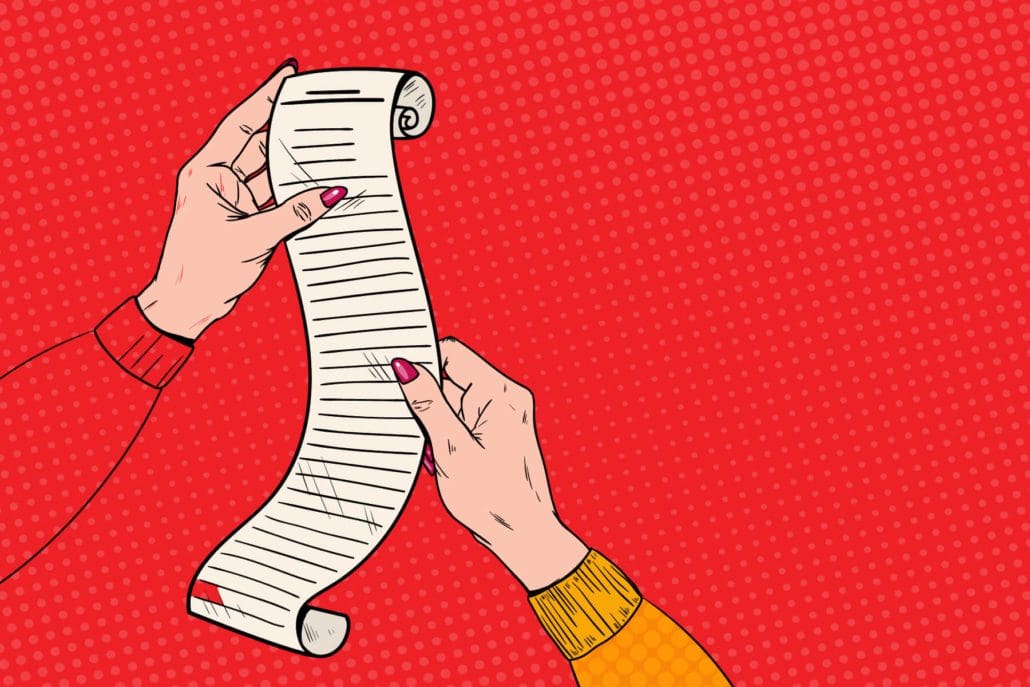SBA Loan Checklist

Getting ready to request an SBA Loan for financing? Like a lot of things in life, it’s best to go into it being prepared. That means understanding the SBA Loan Process, and doing all your homework early.
To help you along that path, check out our SBA loan checklist below:
- SBA Loan Application –: Borrower Information Form – SBA Form 1919
- Personal Background and Financial Statement – To assess your eligibility, the SBA also requires you complete the following forms:
- Business Financial Statements – To support your application and demonstrate your ability to repay the loan, prepare and include the following financial statements:
- Profit and Loss (P&L) Statement – This must be current within 90 days of your application. Also include supplementary schedules from the last three fiscal years.
- Projected Financial Statements – Include a detailed, one-year projection of income and finances and attach a written explanation as to how you expect to achieve this projection.
- Ownership and Affiliations – Include a list of names and addresses of any subsidiaries and affiliates, including concerns in which you hold a controlling interest and other concerns that may be affiliated by stock ownership, franchise, proposed merger or otherwise with you.
- Business Certificate/License – Your original business license or certificate of doing business. If your business is a corporation, stamp your corporate seal on the SBA loan application form.
- Loan Application History – Include records of any loans you may have applied for in the past.
- Income Tax Returns – Include signed personal and business federal income tax returns of your business’ principals for previous three years.
- Résumés – Include personal résumés for each principal.
- Business Overview and History – Provide a brief history of the business and its challenges. Include an explanation of why the SBA loan is needed and how it will help the business.
- Business Lease – Include a copy of your business lease, or note from your landlord, giving terms of proposed lease.
- If You are Purchasing an Existing Business – The following information is needed for purchasing an existing business:
- Current balance sheet and P&L statement of business to be purchased
- Previous two years federal income tax returns of the business
- Proposed Bill of Sale including Terms of Sale
- Asking price with schedule of inventory, machinery and equipment, furniture and fixtures
.